- Home
- Articles
- Architectural Portfolio
- Architectral Presentation
- Inspirational Stories
- Architecture News
- Visualization
- BIM Industry
- Facade Design
- Parametric Design
- Career
- Landscape Architecture
- Construction
- Artificial Intelligence
- Sketching
- Design Softwares
- Diagrams
- Writing
- Architectural Tips
- Sustainability
- Courses
- Concept
- Technology
- History & Heritage
- Future of Architecture
- Guides & How-To
- Art & Culture
- Projects
- Interior Design
- Competitions
- Jobs
- Store
- Tools
- More
- Home
- Articles
- Architectural Portfolio
- Architectral Presentation
- Inspirational Stories
- Architecture News
- Visualization
- BIM Industry
- Facade Design
- Parametric Design
- Career
- Landscape Architecture
- Construction
- Artificial Intelligence
- Sketching
- Design Softwares
- Diagrams
- Writing
- Architectural Tips
- Sustainability
- Courses
- Concept
- Technology
- History & Heritage
- Future of Architecture
- Guides & How-To
- Art & Culture
- Projects
- Interior Design
- Competitions
- Jobs
- Store
- Tools
- More
Butler vs. Basic: Which Metal Roof Suits Your Industrial Facility Best?

Choosing the right metal roof for your facility comes down to more than just price. You’re likely comparing Butler Manufacturing™, a trusted name in pre-engineered systems, with more standard metal roofing options. On paper, the difference isn’t always obvious. In practice, the gap can be wide.
Should you invest more now for potential savings later? Or stick to the basics and keep the budget tight? It’s a common dilemma, and the right answer depends on your priorities.
That’s why this article walks you through the real-world differences that matter most: performance, repair needs, energy use, and total value over time. By the end, you’ll have a clearer view of what fits your facility best. Let’s begin!
Table of Contents
ToggleDurability Under Real-World Conditions
Basic metal roofs generally use standard gauge panels with simple fastening systems. They can handle regular conditions but may struggle with strong winds, heavy snow loads, or frequent temperature swings. Expansion and contraction over time can loosen seams and lead to leaks.
Butler roofs, on the other hand, are built with engineered structural integrity in mind. Their panel systems are factory-punched for alignment, which helps reduce stress points. Many also feature weathertight seam technology designed to minimize movement and withstand more severe weather.
So, if your facility is in a mild climate with minimal weather stress, a basic metal roof may perform well enough. However, for unpredictable or extreme climates, the difference in build quality could translate into longer life and fewer problems.

Ease of Long-Term Maintenance
Repairs are inevitable. The question is—how often will you need them, and how easy will they be?
Basic metal roofs are usually easier to find parts for and may cost less to repair initially. But they’re also more likely to need frequent patching, fastener tightening, or seam resealing—especially after a few years of exposure. Because many are assembled from off-the-shelf components, there can be inconsistencies in fit or material quality over time.
Butler roof systems, on the other hand, are engineered for tight performance and durability. However, regular inspections remain essential to keeping your roof in top condition and your warranty intact. As outlined in the Guide to maintaining Butler manufacturing roof, for facilities covered under Butler’s Weathertight Gold™ Endorsement Program, inspections should be done at least twice a year (typically in spring and fall) and after any major weather event or rooftop activity.
Keeping up with these inspections helps ensure long-term protection, fewer surprises, and a stronger return on investment.
Energy Efficiency and Interior Comfort
A metal roof’s energy performance comes down to two things: how well it reflects heat and how well it insulates. Basic metal roofs can be coated with reflective finishes, which help reduce heat absorption. However, they typically rely on aftermarket insulation, which may not be optimized for the roofing system.
Butler’s roof systems often come engineered with integrated insulation options, which can help your facility maintain more stable indoor temperatures. Some systems offer high R-values and use cool roof coatings that go beyond the basic standards.
Better insulation means lower heating and cooling costs, and in a large industrial facility, those savings add up fast.
Scalability and System Compatibility
Regular roofs are often installed as standalone solutions, making them a good fit for simple structures or small expansions. But if you’re thinking long-term- adding new sections, HVAC systems, solar panels, or other rooftop equipment- compatibility can become an issue.
Butler’s roof systems are designed to work seamlessly with their wall systems, structural framing, and accessories. This modular approach means future changes are easier to integrate, with fewer structural conflicts.

That’s a major advantage if you’re planning for growth or upgrades in the next five to ten years. Choosing a system that’s designed to evolve with your facility can save you from expensive retrofits later.
Total Cost of Ownership Over Time
At first glance, metal roofs come out ahead on cost. The materials are cheaper, the installation is often faster, and for smaller buildings or short-term use, they make a lot of sense.
But when you consider energy savings, repair frequency, and lifespan, the equation starts to shift. Butler roofs may cost more upfront, but they’re built to perform longer, resist wear better, and reduce total operating costs over the decades.
That means fewer replacements, fewer disruptions, and a better return on investment– especially in demanding industrial settings where downtime equals lost revenue.
To Sum It All Up
Choosing between Butler and basic metal roofing comes down to priorities—cost now or value later. While both can get the job done, Butler offers stronger long-term performance, energy savings, and system integration. For industrial facilities focused on durability and efficiency, it’s a smart investment that pays off over time.
illustrarch is your daily dose of architecture. Leading community designed for all lovers of illustration and #drawing.
Submit your architectural projects
Follow these steps for submission your project. Submission FormLatest Posts
Sunny Days, Secure Roof: Simple Steps to Shield Your Home
Your home is more than just a place to live—it’s a sanctuary....
Simple and Stylish Roof Ideas for Homeowners
When designing your home, don’t overlook the roof. It’s essential for both...
Key Qualities to Look For in a Residential Roofing Contractor
Choosing a residential roofing contractor involves careful consideration. The roof is a...
Top Signs It’s Time to Replace Your Gutters, Not Just Repair Them
What plays a crucial role in protecting your roof down to the...





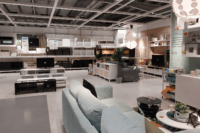
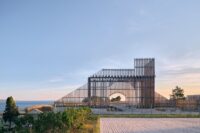
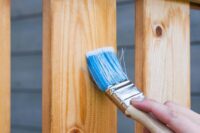
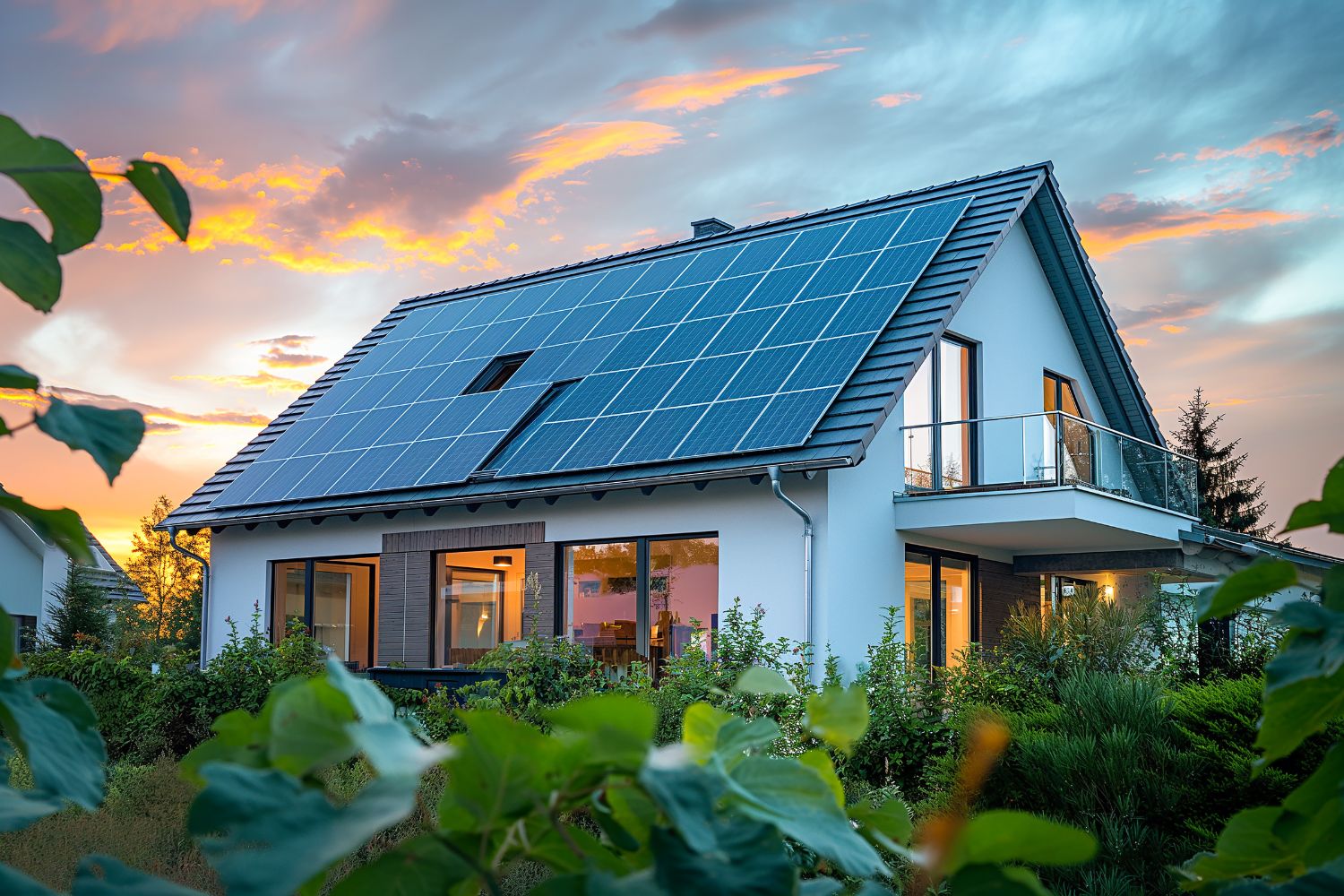
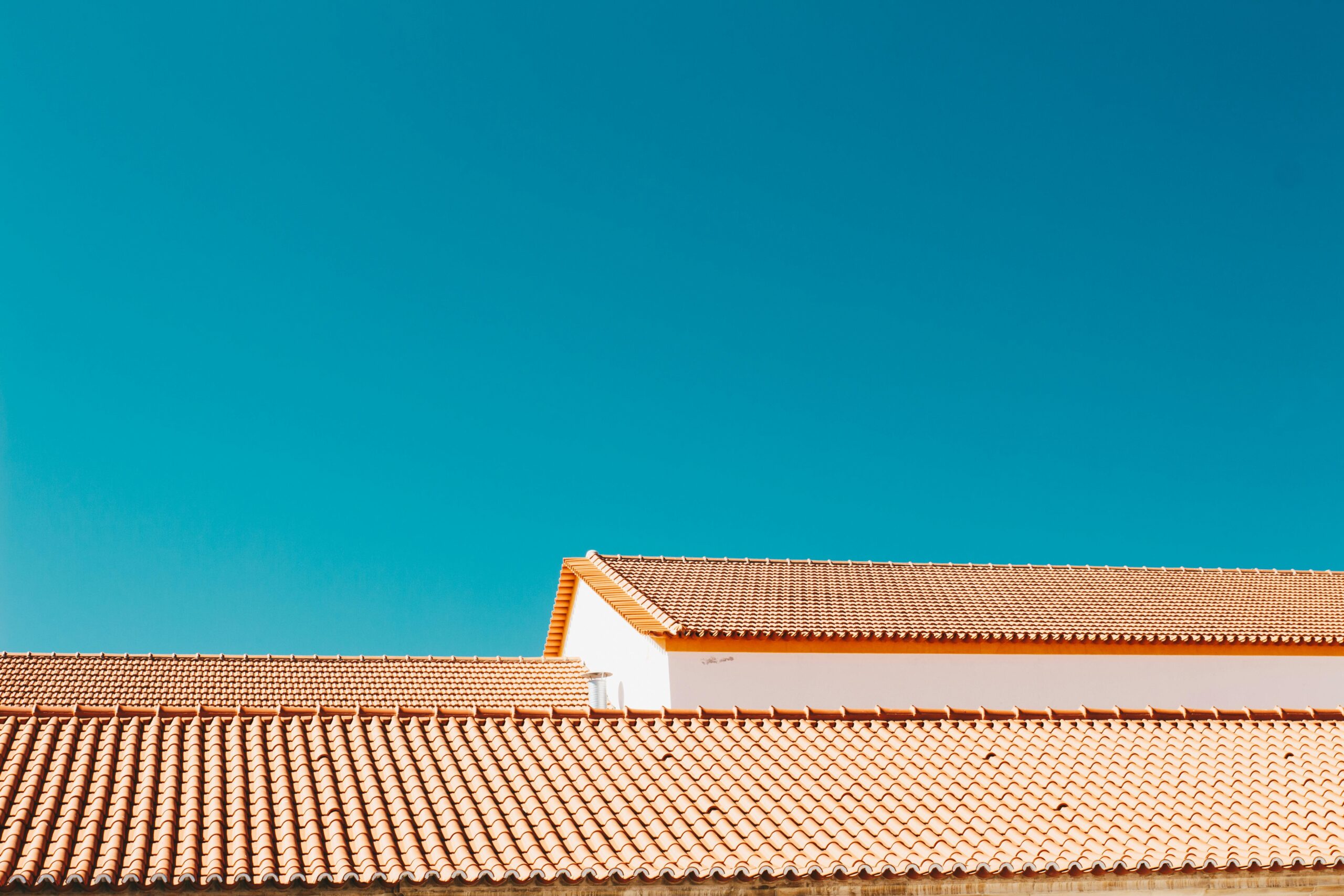
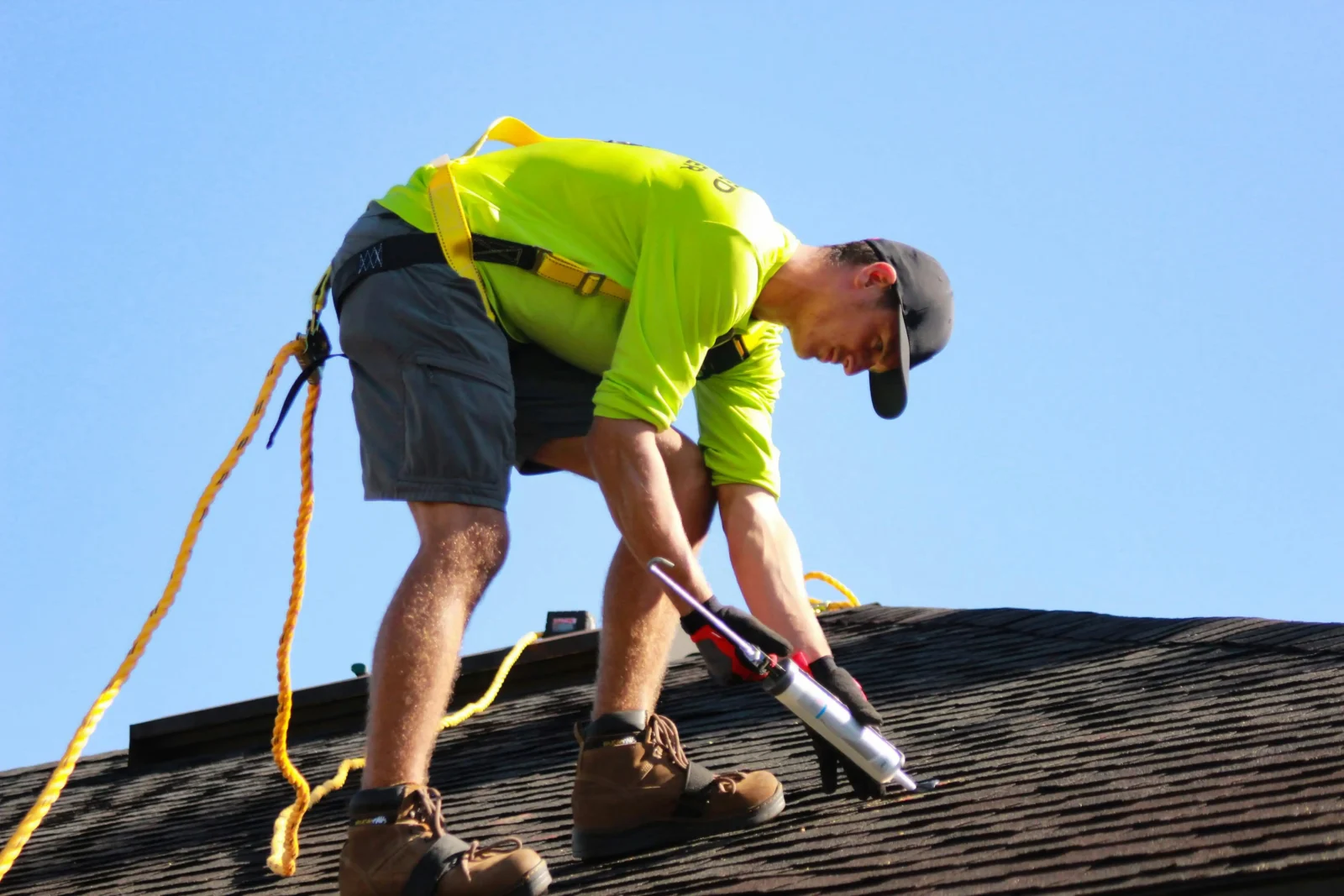
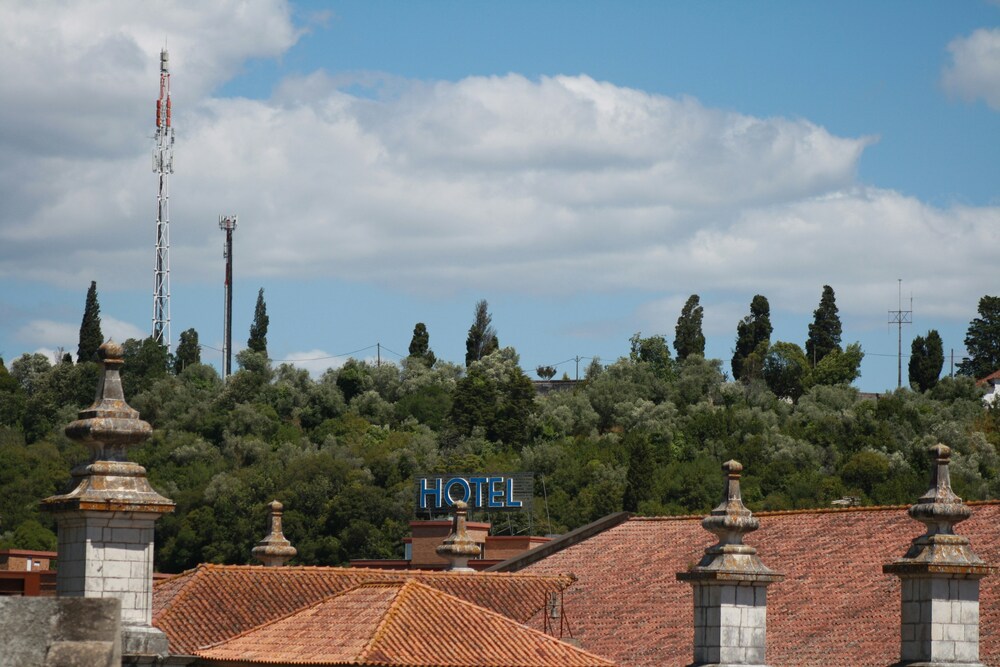
Leave a comment